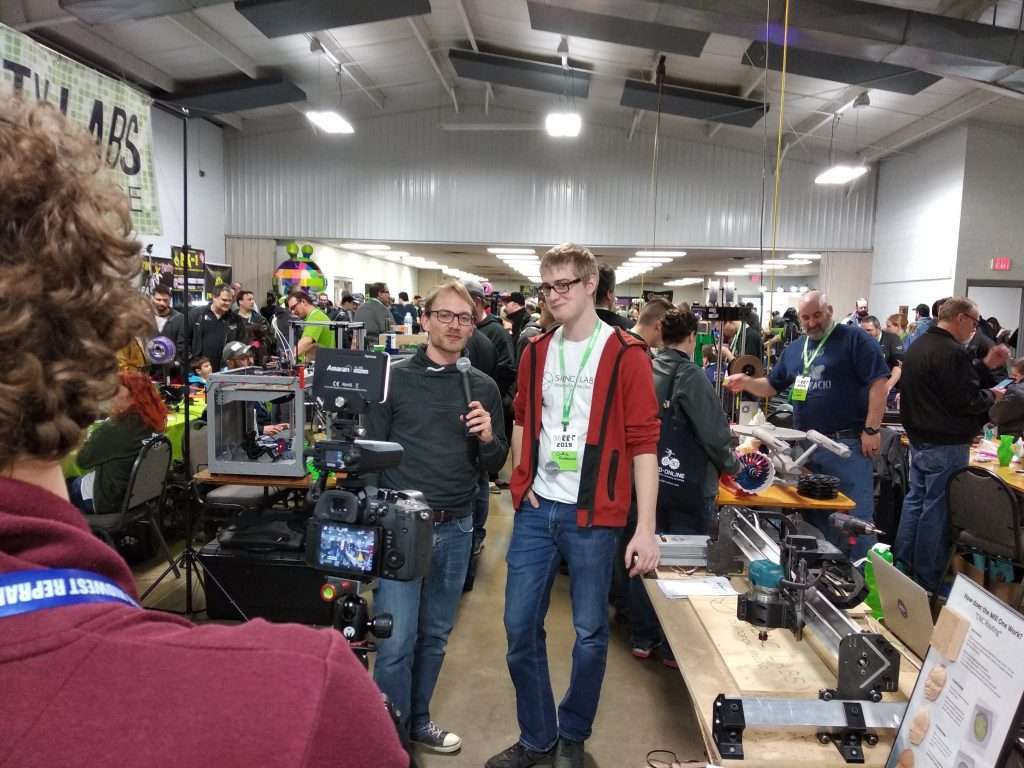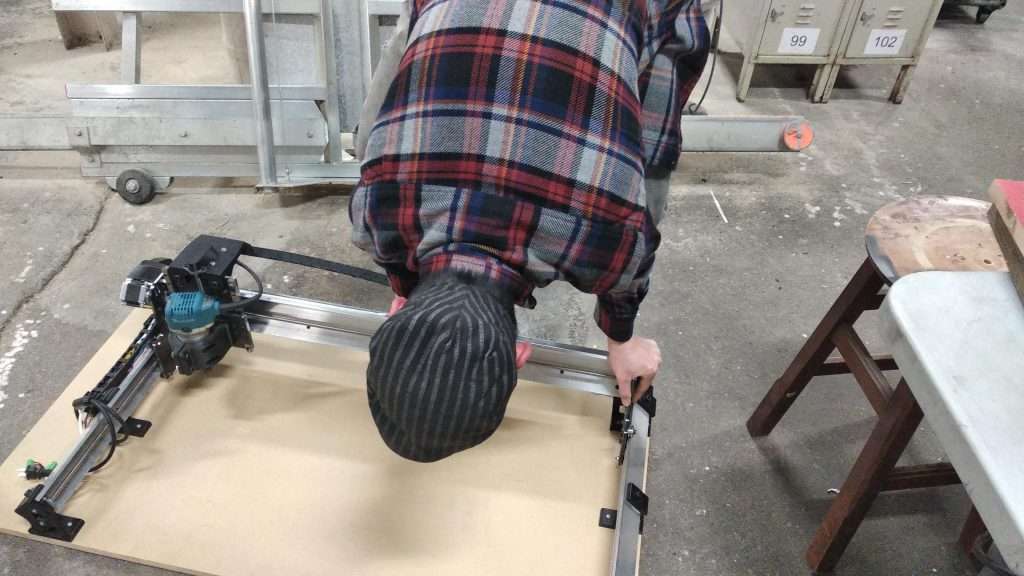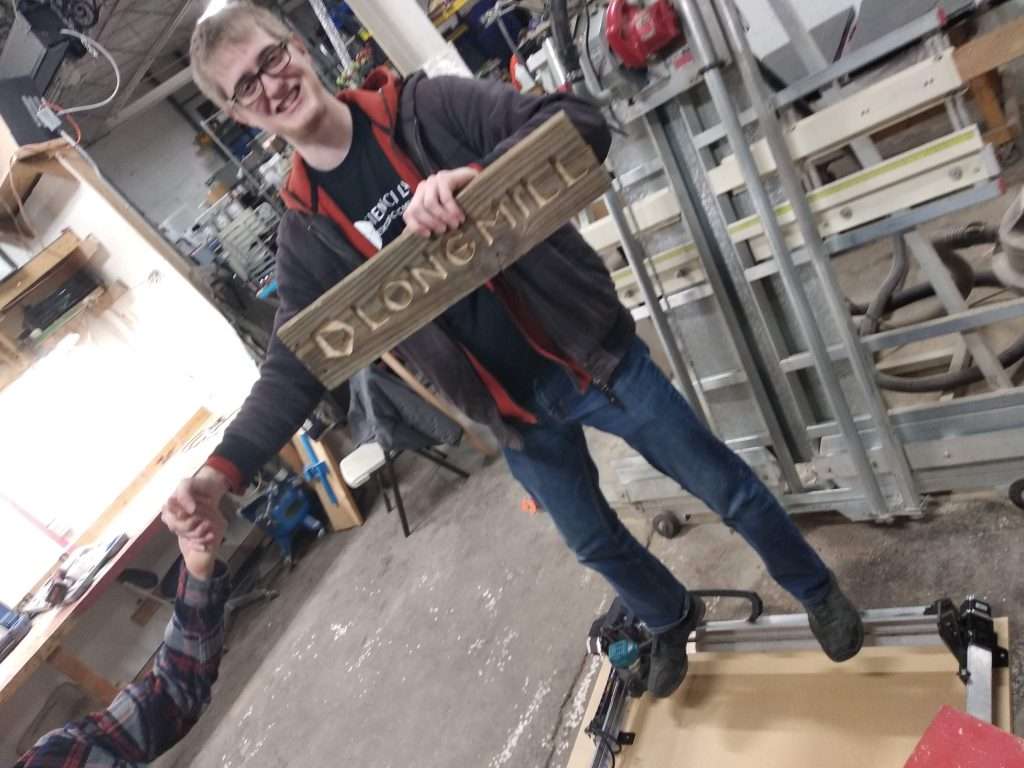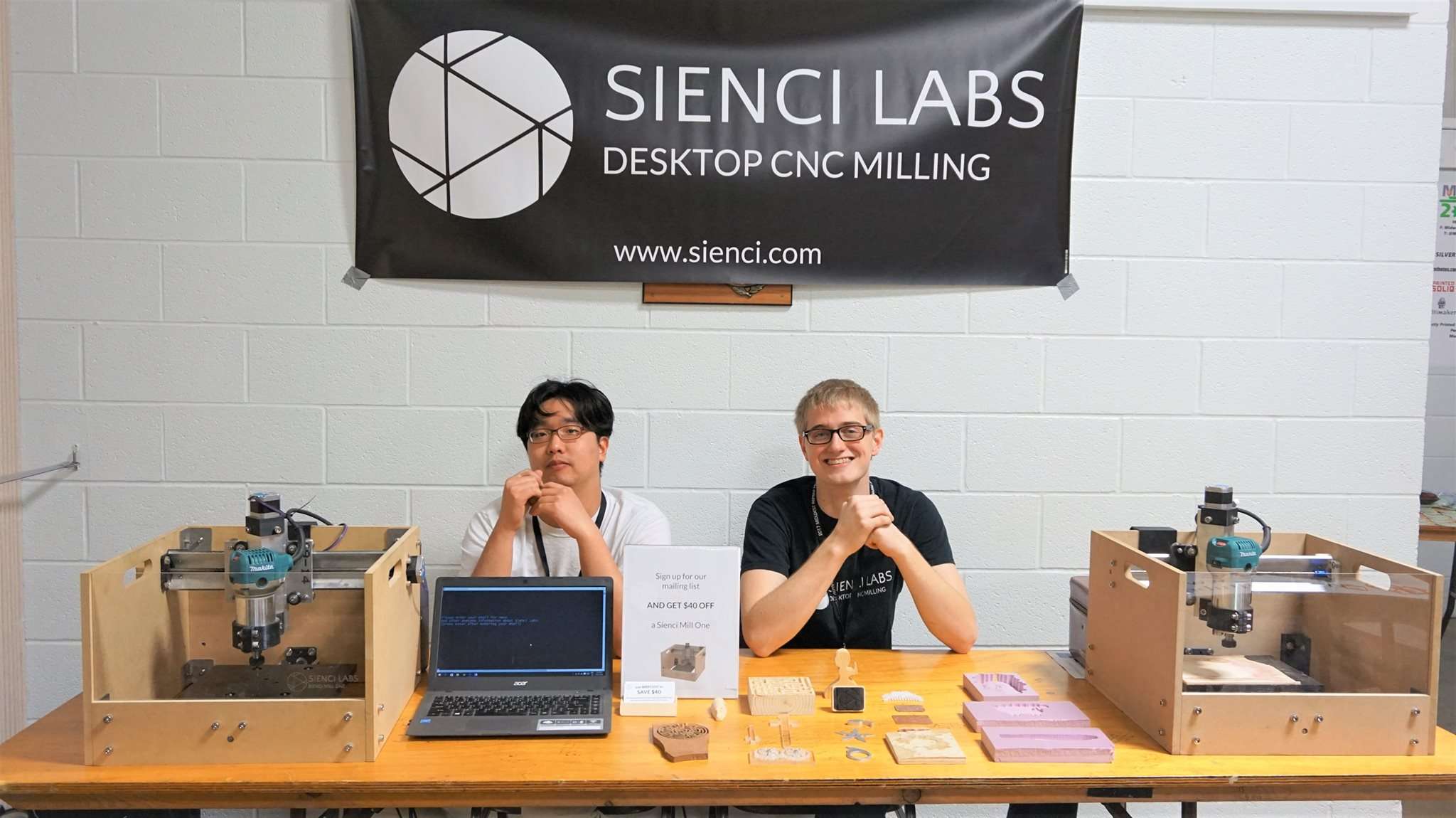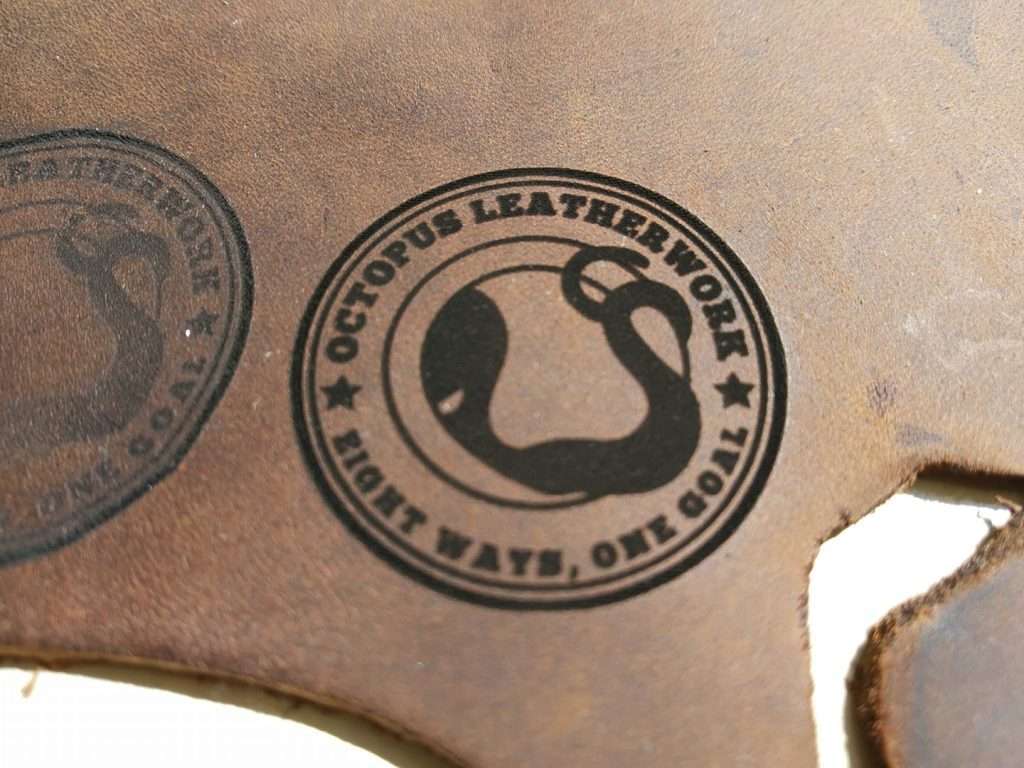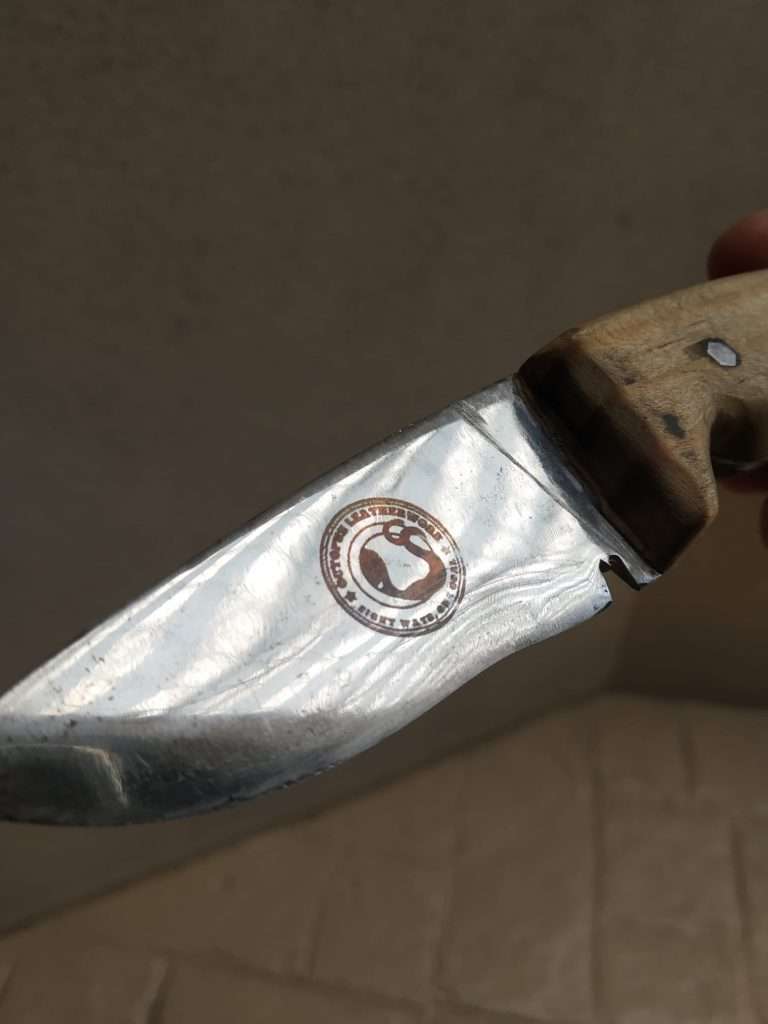We’ve been getting a lot of questions from customers on whether or not the LongMill can be mounted vertically, such as on a wall or on the floor, to help save space in a cramped workshop. In this video, we show the LongMill running a job vertically.
There are a few things to know when using your CNC machine at an angle, which you can learn about below.
We want to make sure it is clear that your machine will run the best while sitting horizontally on a table. You will have to make some adjustments to your machine to make it run the best vertically.
Fighting the force of gravity
When the machine is vertical, some of the motors will have to work harder. If you have the machine so that the Y axis is vertical, then your Y axis will have to work harder to move the
There are a few things you can do ensure that your machine works reliably in the position you choose:
- You can reduce the max
feedrate on the axis that has to fight the force of gravity. Stepper motors have higher torque at lower speeds, so running the machine slower also helps reduce the chance of losing steps. - Consider using a shallower mounting angle to reduce the load on the motors.
- Increase the current on the drivers for more torque. Please note that increasing the current will cause the motors to heat up much faster, too high current will cause overheating.
- Consider running shorter jobs or allow the machine to cool down between each run.
- Consider using a counterweight, bungee, or spring to assist lifting the axis.
A consideration on wear
Because of the orientation of the machine causes a heavier load to be on some of the delrin anti backlash blocks, this can cause more wear on the part than if otherwise horizontal.
We haven’t had the chance to do long term testing in this configuration, so we won’t be able to give an accurate estimation on it just yet, but these nut blocks are pretty durable and we’ve been using them on our machines for a long time without having to replace them. They are adjusted to account for wear over time.
Replacement blocks are easy to install, and you should expect to pay about $8 to $12 dollars per block (there is one per axis). You can buy them from us and they also sell it online at other retailers (
One thing that we do know is that because of the weight of the machine on the block, it actually could contribute to reducing backlash, like on some
Conclusion
Can the LongMill be put vertically for storage? No problem.
Can it cut while vertically? Yes, but there are a few things to know before doing that. But hey, why not try it?
Until next time folks!
